Found 24 images related to montessori outdoor classroom ideas theme


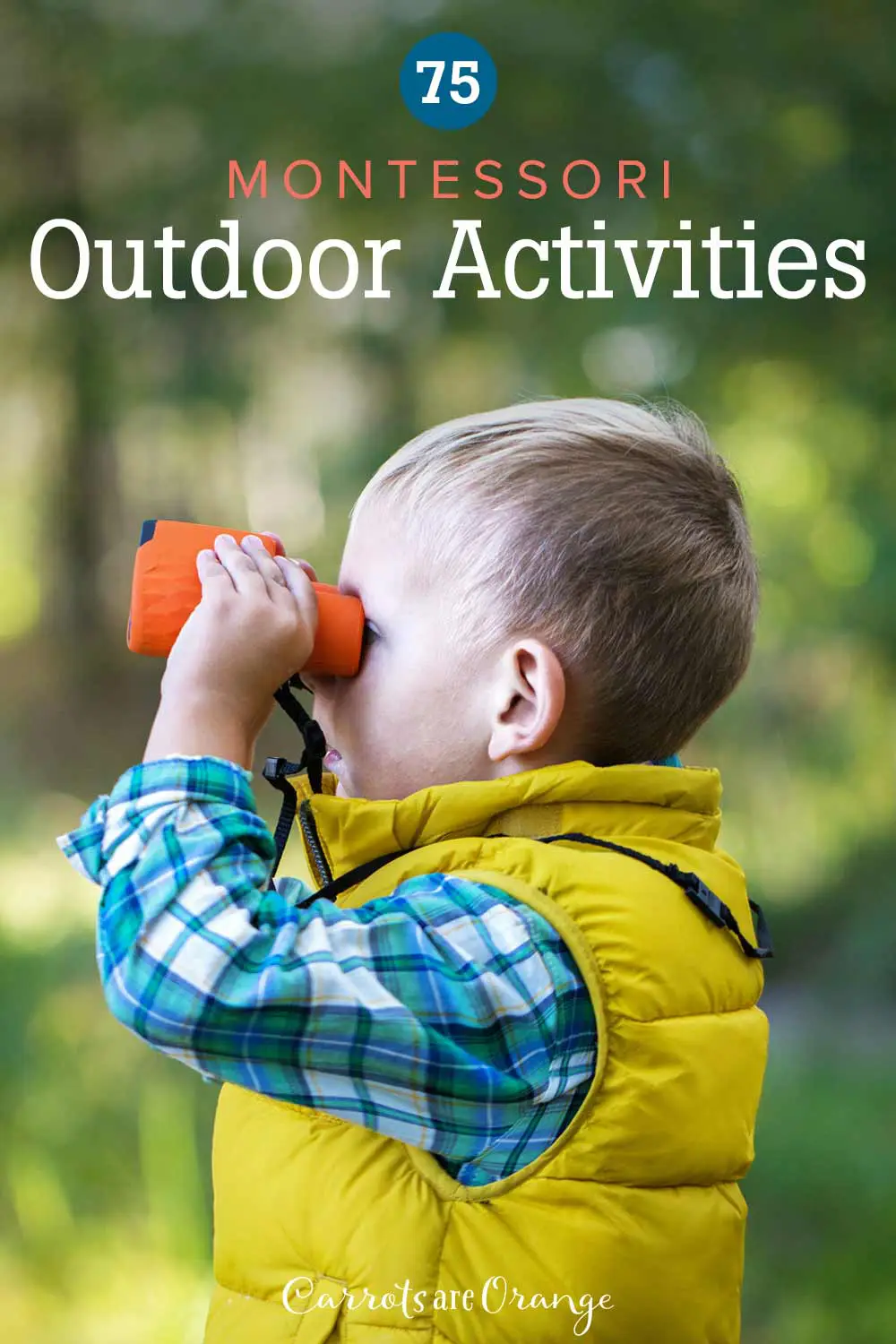
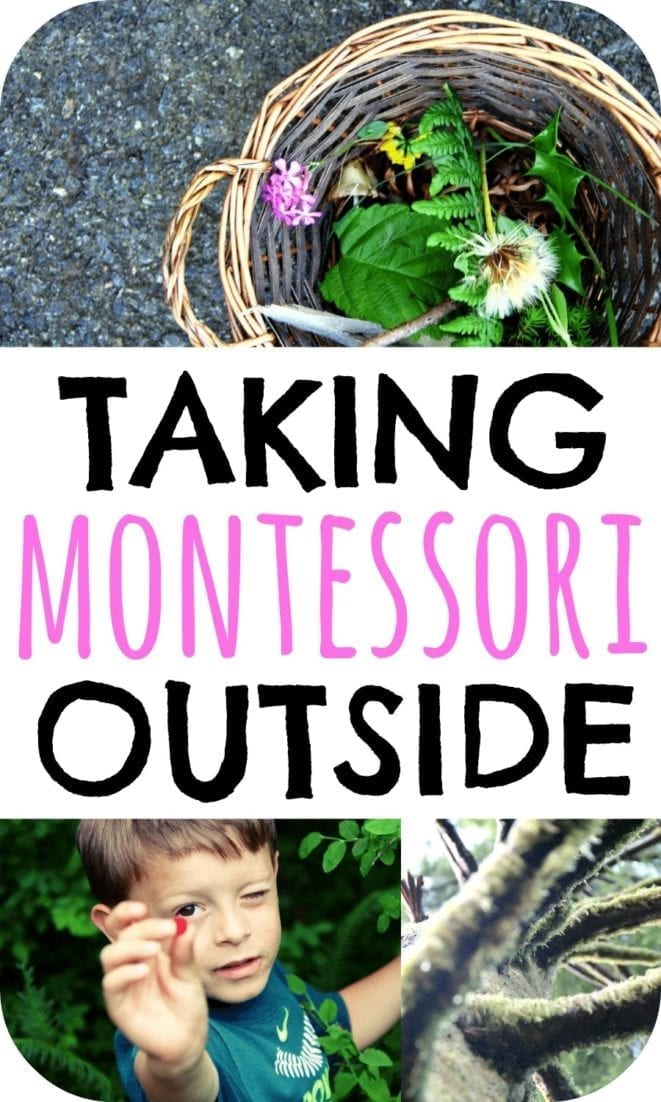
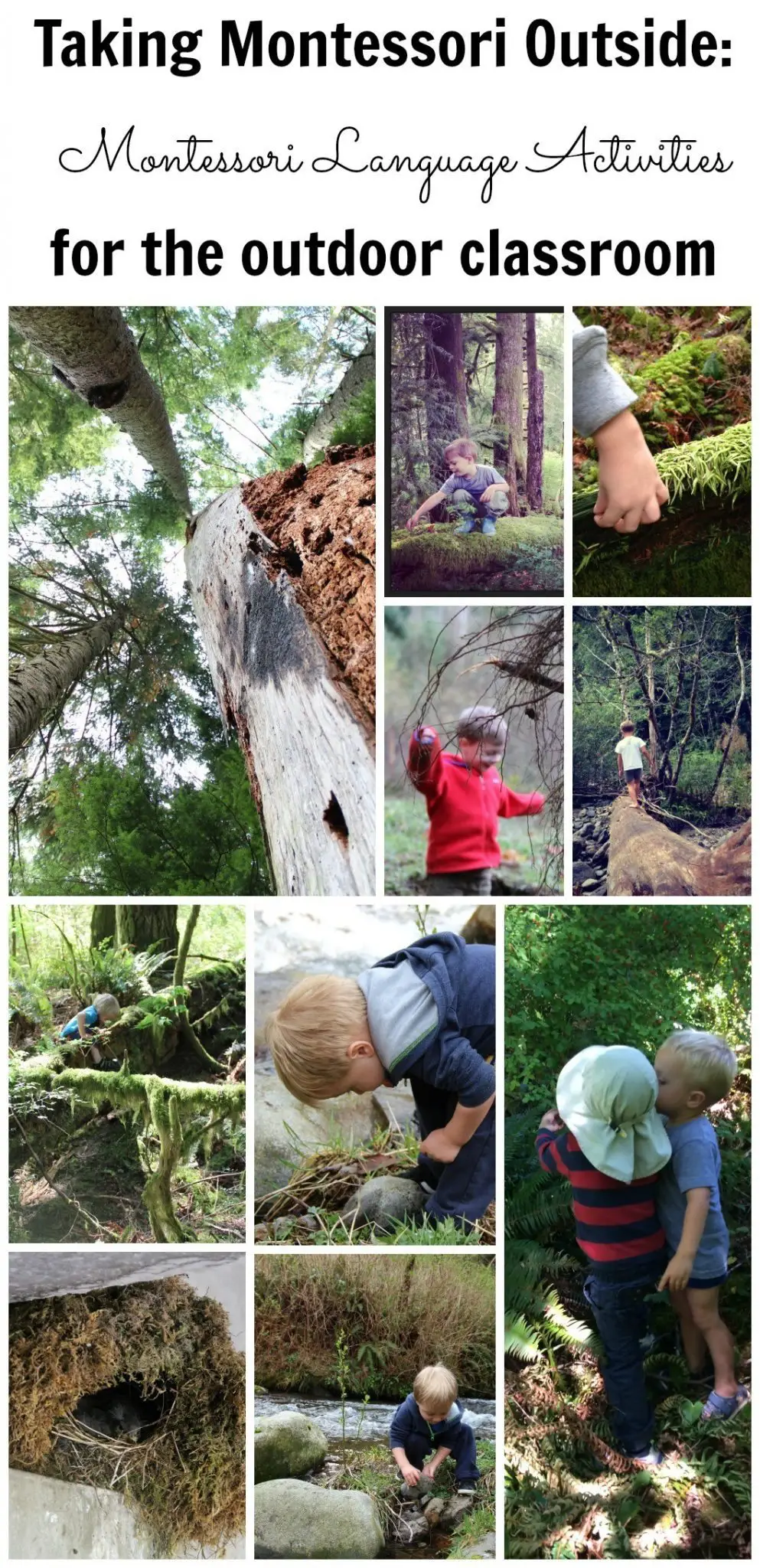
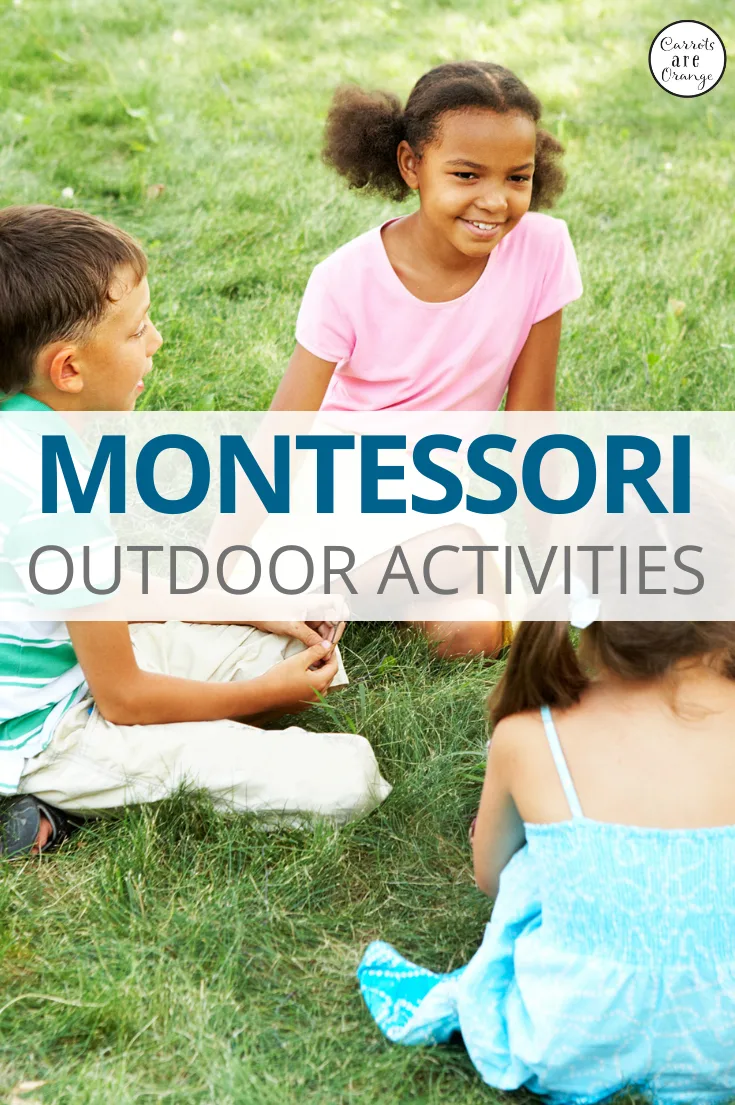

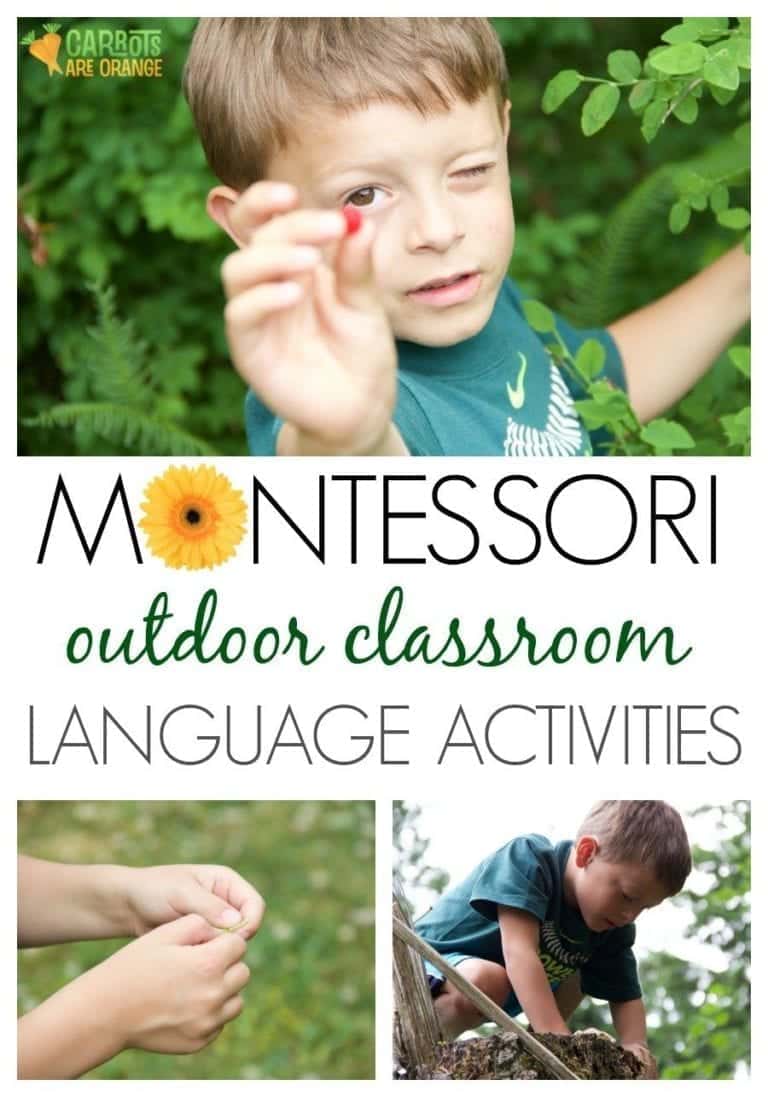
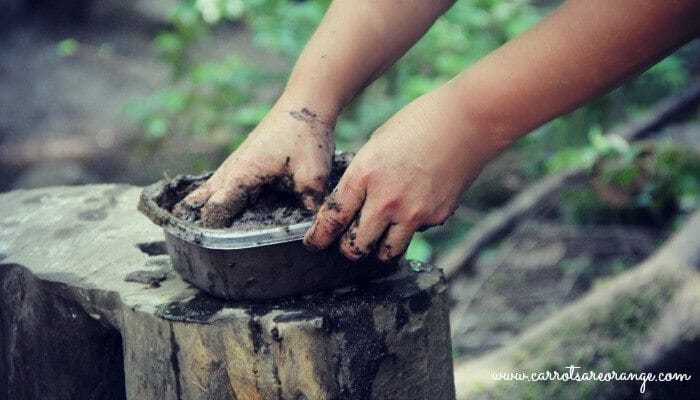

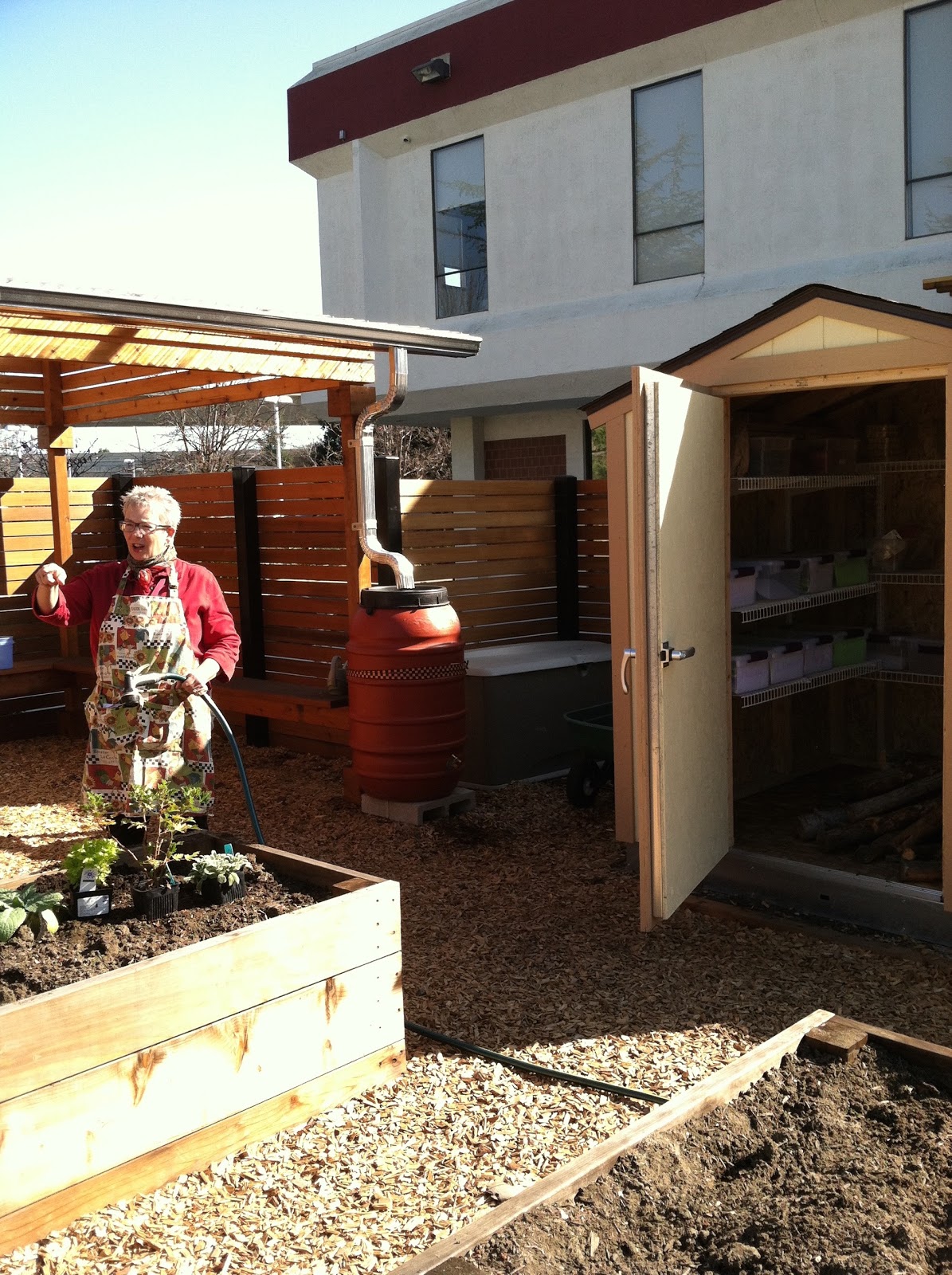



montessori outdoor classroom ideas
Montessori outdoor classrooms have gained immense popularity in recent years, and for good reason. These learning environments offer a range of benefits to children, including improved cognitive and physical development, enhanced creativity and imagination, better concentration and self-discipline and improved socialization and collaboration skills. If you’re looking for ideas on how to create the perfect Montessori outdoor classroom, then read on to find out.
Benefits of Montessori Outdoor Classroom
1. Improved Cognitive Development
Montessori outdoor classrooms involve children in hands-on, exploratory learning, which helps them develop their cognitive skills. The experiences gained in the outdoors encourage children to think critically, solve problems, and make decisions for themselves.
2. Enhanced Physical Development
Outdoor classrooms offer children a chance to run, climb, and roam freely, which fosters physical development. Children learn to coordinate their movements, strengthen their muscles, and refine their motor skills naturally.
3. Boosted Creativity and Imagination
The outdoors offer children the opportunity to explore, imagine and create. Montessori outdoor classrooms give children the freedom to explore the natural environment, make connections, and find new ways to express themselves creatively.
4. Increased Concentration and Self-discipline
The natural setting of the outdoors, with its many distractions, presents an exciting challenge for children to develop self-discipline and attention span. Children learn to focus on their work and ignore distractions in order to achieve their goals.
5. Improved Socialization and Collaboration Skills
Outdoor learning environments offer a chance for children to work collaboratively in settings where social integration is natural. Montessori outdoor classrooms provide space and activities that encourage interaction and cooperation among children of all ages.
Montessori Outdoor Classroom Design
Montessori outdoor classrooms should be designed with natural, simple, and safe environments. Whenever possible, natural resources should be used in the design, such as plants, stones, and water. A properly designed outdoor classroom should also provide different zones for various activities to help children further their exploration of the natural environment.
1. Natural and Simple Environment
The aim in creating a Montessori outdoor learning environment is to provide a natural and uncluttered space where children can explore, discover, and learn without distractions. This means the natural environment, such as rain, sun, and wind, should be visible and present in the classroom.
2. Zoned Spaces for Different Activities
A well-designed Montessori outdoor classroom should have different zones, or areas, for different activities. Examples could include a writing corner, an art area, a science zone, and a sandbox. These zones provide opportunities for children to explore, discover and learn.
3. Incorporation of Nature and Elements
The outdoor classroom setting should include elements of nature, such as plants, trees, and water. These natural elements provide children with opportunities to observe, touch, feel, and develop an appreciation for their natural surroundings.
4. Use of Natural Materials and Resources
The use of natural materials and resources is preferred in Montessori outdoor classrooms. Examples of natural resources that can be used include stones, blocks, and wood.
5. Safe and Stimulating Environment for Exploration and Learning
Montessori outdoor classrooms should be safe and stimulating places for children to explore and learn. This means that the environment should be free from hazards such as sharp edges, broken equipment, or slippery grounds.
Outdoor Classroom Activities and Resources
Montessori outdoor classroom activities should offer opportunities for exploration, discovery, and learning. A range of activities should be available to cater to all levels of ability and ensure children’s skills and abilities are continually challenged and developed.
1. Gardening and Planting Activities
Gardening and planting activities offer children hands-on learning experiences that promote environmental awareness. Children learn about natural cycles, the properties of soil, the needs of plants, and the basics of plant care.
2. Sensory Exploration Activities
Sensory exploration activities involve using the senses such as seeing, touching, smelling, and tasting to learn more about the environment. Sensory activities include identifying different objects and textures, the smell of flowers, tasting herbs, and even listening to nature sounds.
3. Nature Walks and Field Trips
Nature walks and field trips provide children with opportunities to explore their natural surroundings, learn about the environment, and develop an appreciation for the natural world. These activities offer a chance to learn about local flora and fauna, investigate soil, rocks, and weather patterns.
4. Outdoor Art and Creativity
Creative activities encourage children to express themselves through art and design. Outdoor art and creativity activities may include drawing, sculpting, or creating with natural resources such as stones, leaves, and flowers.
5. Physical Activities and Sports
Physical activities and sports equipment should be provided to encourage active exploration of outdoor environments, including tools for developing coordination, balance, and flexibility.
Montessori Outdoor Classroom Management
1. Outdoor Safety and Risk Management
It’s essential to put measures in place for ensuring the safety of children participating in outdoor classroom activities. This includes setting rules for behavior, ensuring proper supervision, and having emergency procedures in place.
2. Teacher-led Activities and Child-led Exploration
A well-designed Montessori outdoor classroom should encourage child-led exploration and discovery as well as teacher-led activities to provide structure and ensure the learning process is meaningful.
3. Encouragement of Self-directed Learning
Children should be encouraged to direct their learning and exploration independently through free play.
4. Integration of Outdoor and Indoor Learning
The outdoor curriculum should be integrated with indoor activities to ensure a continuum of learning. This helps children build connections between what they have learned outdoors and their classroom-based education.
5. Support for Multi-age Groupings
Montessori outdoor classrooms should be designed to cater to multiple age groups, with resources and activities adapted to different abilities and ages.
Parent and Community Involvement
1. Parent Education on Outdoor Learning Benefits
Parents should be informed about the benefits of outdoor learning and the importance of spending time in natural environments.
2. Encouragement of Parent and Community Support
The Montessori outdoor classroom effort should involve parents, carers, and local communities in outdoor learning activities to develop positive partnerships that support children’s development.
3. Volunteer Opportunities for Parent Involvement
Montessori outdoor schools can offer parents practical opportunities to engage in the classroom by volunteering their time and resources to support the outdoor classroom operations.
4. Collaboration with Local Organizations and Businesses
Community-centered Montessori outdoor classroom projects offer a chance for local organizations and businesses to support children’s learning and development.
5. Outreach and Awareness for Outdoor Learning Importance and Impact
Attracting community interest and awareness to the importance and impact of outdoor learning can result in increased funding and support for Montessori outdoor classrooms.
Conclusion
Montessori outdoor classrooms offer endless possibilities for exploring, discovering, and learning about the natural world. A well-designed Montessori outdoor classroom creates a stimulating and safe environment where children can develop the skills, knowledge, and dispositions that will guide their lifelong learning. It’s therefore essential to design with natural materials and resources, create zoned spaces for varied activities, and to integrate outdoor learning with indoor activities. With the right planning and management, Montessori outdoor classrooms can provide children with incredible educational benefits and foster a lifelong love for learning and nature.
FAQs
1. What is the age limit for children who can attend Montessori outdoor schools?
Montessori outdoor schools generally accept children of ages two and above.
2. What do I do if my child is afraid of going outdoors?
Children experience a range of fears, including the challenge of trying new things. It’s essential to work closely with teachers to address your child’s specific fear and provide ways to encourage gradual exposure and build confidence.
3. Is outdoor learning always safe?
Montessori outdoor schools put measures in place to ensure the safety of children involved in outdoor education. This includes proper supervision, procedures for responding to emergency situations, and raising awareness and caution regard potential hazards.
4. Can outdoor learning replace indoor learning?
Montessori outdoor learning should be used in conjunction with indoor learning. The outdoors complements the indoor curriculum. Thus, there is no need to replace one with the other.
5. What are the cost implications of attending Montessori outdoor schools?
The cost of attending Montessori outdoor schools varies depending on the location, facilities available, and the service provider. Parents should visit Montessori outdoor schools near them and compare pricing to find a school that fits their budget and needs.
Keywords searched by users: montessori outdoor classroom ideas montessori outdoor activities, outdoor education activities high school, outdoor education activities for elementary students, outdoor montessori activities for 2 year olds, montessori outdoor play quotes, outdoor classroom activities for preschoolers, montessori outdoor play theory, montessori outdoor toys
Tag: Collection 42 – montessori outdoor classroom ideas
How To Build An Outdoor Classroom
See more here: cungcaphangchinhhang.com
Article link: montessori outdoor classroom ideas.
Learn more about the topic montessori outdoor classroom ideas.
- Outdoor Learning | Montessori Community School | MCSDurham.org
- 6 key ingredients to creating an outdoor classroom
- Montessori Teacher Shares How Outdoor Play Can Offer Gains in Kids
- Montessori Curriculum | Montessori Academy Childcare
- Montessori Inspired Education – Outdoor Classroom Ideas
- Best Montessori Outdoor Toys and Activities
- 20 Montessori Outdoor Activities for Toddlers and …
- Outdoor Learning Activities with Free Printables
- 10 tips for Montessori activities outdoors and in nature
Categories: cungcaphangchinhhang.com/category/img
